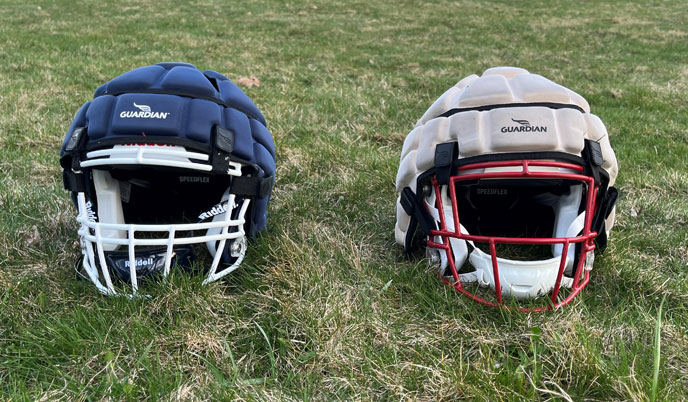Upon comparing concussion rates between the 1,188 players who did not wear Guardian Caps during practice and the 1,451 players who did, researchers found no statistical difference between the groups. Of the 64 concussions sustained during practice, 33 happened to players wearing Guardian Caps, and 31 to those in the group without caps.
Head injuries were assessed by the teams’ athletic trainers, who also kept track of helmet models, cap use and number of times a player practiced or played in a football game.
Data analysis showed that other factors had no bearing on concussion risk during the study, such as whether the players had experienced previous concussions, the brand of helmet they wore, years of tackle football experience, or whether the playing surface was artificial turf or grass.
Researchers observed nearly an eight-fold higher level of sports-related concussions during practices among female football players than male, 18.75% compared to 2.4%, but noted that the small number of female players in the study — three total — limited the generalizability of the finding.
Previous laboratory tests had suggested the extra padding in Guardian Caps could reduce forces to the head during impact.
Using a large sample size, Hammer’s peer-reviewed study assessed real-world concussion rate differences between groups of players using the caps and not using the caps. She cautioned that the study cannot be generalized to collegiate and professional league levels of football, however, because those players wear a different, thicker model of the device.
The researchers advise that high school teams implement data-backed interventions to reduce sports-related head injury rates, such as employing athletic trainers and supporting rule changes to limit contact during practice. These interventions have been shown to reduce sports-related concussions by 64%. Additional risk reduction measures include training coaches in football safety, which halved concussion rates, and adding extra jaw padding to the helmets, which lowered rates by 31%.
“Given the size of our study, it seems that if Guardian Caps did protect against sports-related concussions in high school players, we would have seen that result,” Hammer said.
The research team included Sam Mosiman, Mikel Joachim, Ethan Taylor, Adam Cordum, Dr. Alison Brooks and Tim McGuine. The study was funded by a pilot award program at the Department of Orthopedics and Rehabilitation.


